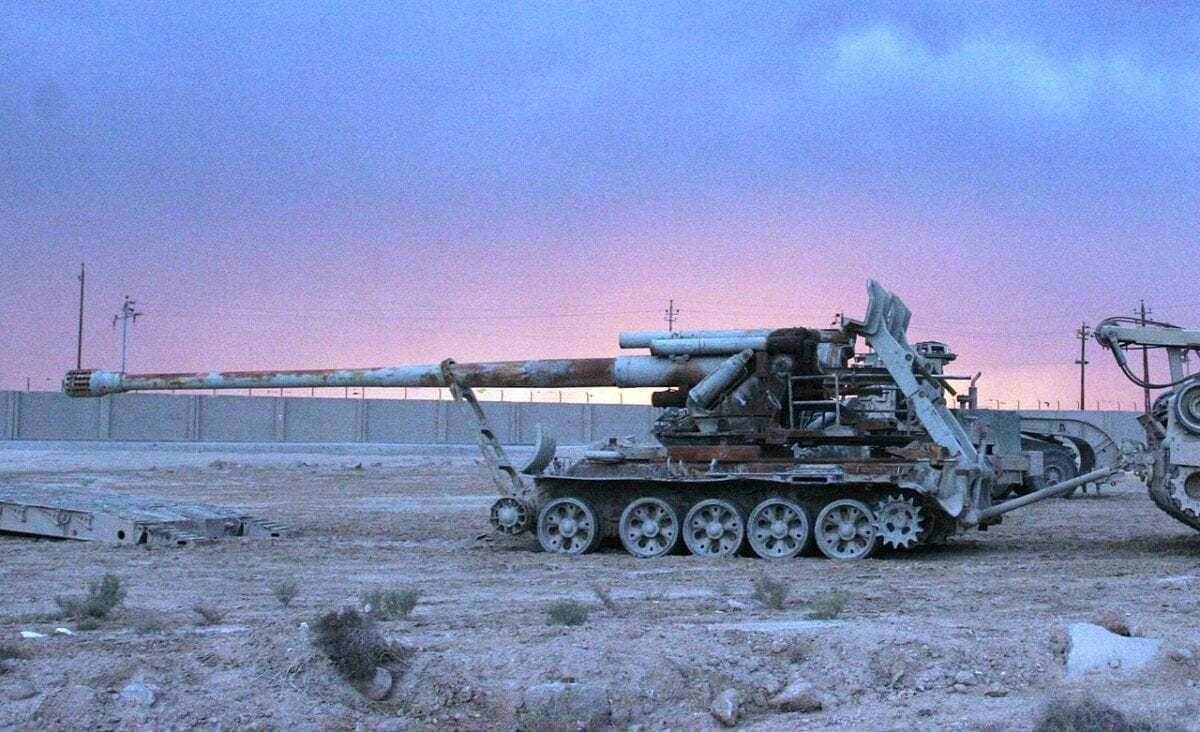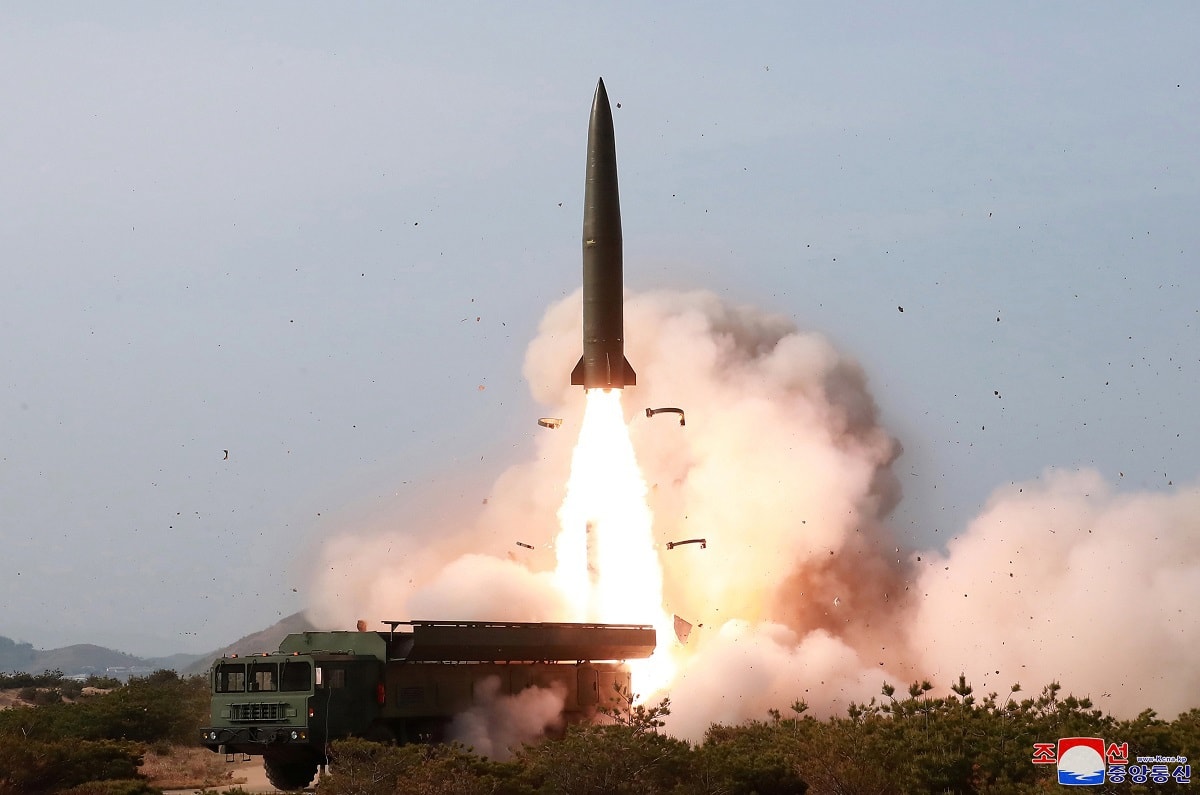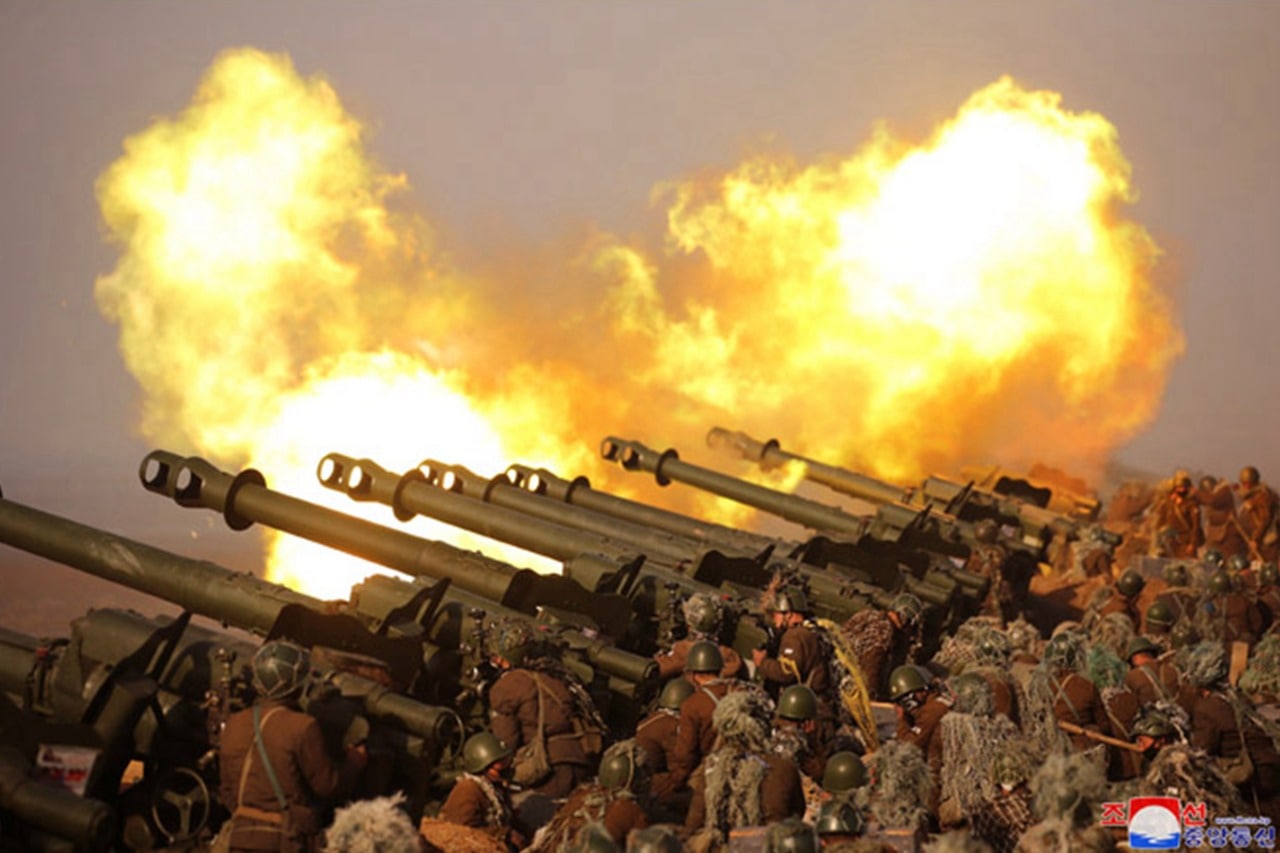In early 2021, Israel’s ‘Iron Dome’ system was seen in action as numerous spiraling interceptors illuminated the night sky, defending against the straight lines of Hamas rockets. South Korea is weighing the possibility of introducing a similar military technology — but don’t expect it to change the inter-Korean military posture in a meaningful way.
On 28 June, the Defence Acquisition Program Administration (DAPA) — under South Korea’s Ministry of National Defence — announced that the country would pursue an artillery interception system, dubbed a ‘Korean-style Iron Dome’. The system is expected to be completed around 2035 at the cost of 2.89 trillion won (US$2.6 billion). But the South Korean Dome will not be the same as Israel’s, as it is likely to serve different functions adapted to different security needs.
On a conceptual level, an artillery interception system would be useful for South Korea. Although North Korea’s nuclear program commands all the headlines, its rocket launchers have always presented a more imminent threat. The South Korean capital city of Seoul — where nearly half of the country’s population lives — is only 40 kilometers from the demilitarized zone that splits the two Koreas, a range that even a World War II era howitzer could reach. South Korean military intelligence estimates that North Korea could fire up to 10,000 rockets per hour into the Seoul metro area in the case of a military conflict. The rockets could potentially be equipped with chemical and biological weapons to wreak further havoc.
But this does not mean that Israel’s Iron Dome system makes sense for South Korea. The Ministry of National Defense had previously considered purchasing the Iron Dome system from Israel and decided against it. The major reason was that, while the Israeli system may competently protect against rockets from a paramilitary organization like Hamas, it is inadequate to neutralize North Korea’s artillery.
Made up of Qassam rockets with a range of approximately 10 kilometers, Hamas’ arsenal is rudimentary compared to North Korea’s in terms of both quantity and quality. Unlike Hamas, North Korea can fire tens of thousands of rockets that travel up to 60 kilometers. The KN-09, North Korea’s newest rocket artillery, can fire guided rockets over 190 kilometers, capable of striking high-value targets with precision.
Rather than intercepting rockets, South Korea’s deterrence strategy primarily relies on destroying North Korea’s artillery. As Jungsup Kim, Senior Research Fellow at the Sejong Institute, explained: ‘It is much more effective to destroy one rocket launcher capable of firing 500 rockets than attempting to intercept 500 rockets mid-air’.
South Korea’s military would strike North Korea’s missile launchers with its own set of artillery and air force as soon as it becomes evident that North Korea is preparing for an attack. The goal is to neutralize most North Korean artillery capable of striking the Seoul metro area within the first several hours of conflict.
Why would the Ministry of National Defense pursue a Korean-style Iron Dome now? One possible answer is that it is part of a change of general defense policy under the Moon Jae-in administration, which saw a significant increase in defense spending. Contradicting its dovish reputation, the Moon administration increased South Korea’s defense budget by 7.5 percent each year on average, far outpacing the 4.2 percent annual increase under his conservative predecessor Park Geun-hye.
Another answer is that DAPA’s plan is just that — a plan, subject to modification. As bureaucracies frequently do, DAPA submits its wish list to those who hold the purse strings (in this case, the Ministry of Strategy and Finance and the National Assembly) knowing that not all of it will be approved.
At any rate, if the South Korean-style Iron Dome should come to be, its role is likely to be a complement to, rather than a replacement of, the existing strategy. North Korea can always respond by adding more rocket launchers relatively cheaply while enhancing the interception capabilities to match the increase will cost South Korea a lot more.

A North-Korean-built M-1978 KOKSAN displayed at the Al Anbar University campus in Ramadi, Iraq is to be removed by U.S. Forces.
Because of this imbalance, South Korea will not shift to the inefficient strategy of attempting to intercept North Korean rockets mid-air. Instead, South Korea will attempt to destroy most of North Korea’s rocket launchers in the early stages of the conflict and rely on the Iron Dome system to intercept whatever surviving rockets are headed toward the Seoul area, mitigating the damage.

North Korean military conducts a “strike drill” for multiple launchers and tactical guided weapon into the East Sea during a military drill in North Korea, in this May 4, 2019 photo supplied by the Korean Central News Agency (KCNA).
Rockets are not the only conventional North Korean threat directed toward the Seoul area — also significant are nearly a thousand North Korean short-range ballistic missiles along the demilitarised zone. The potential South Korean-style Iron Dome would work alongside South Korea’s Patriot missile system designed to intercept these missiles. In other words, the Iron Dome system is intended to be a gap-filler, rather than a game-changer. It may somewhat shift the balance of power between the two Koreas, but not significantly.
S Nathan Park is a Washington DC-based attorney and Non-Resident Fellow at the Sejong Institute.

